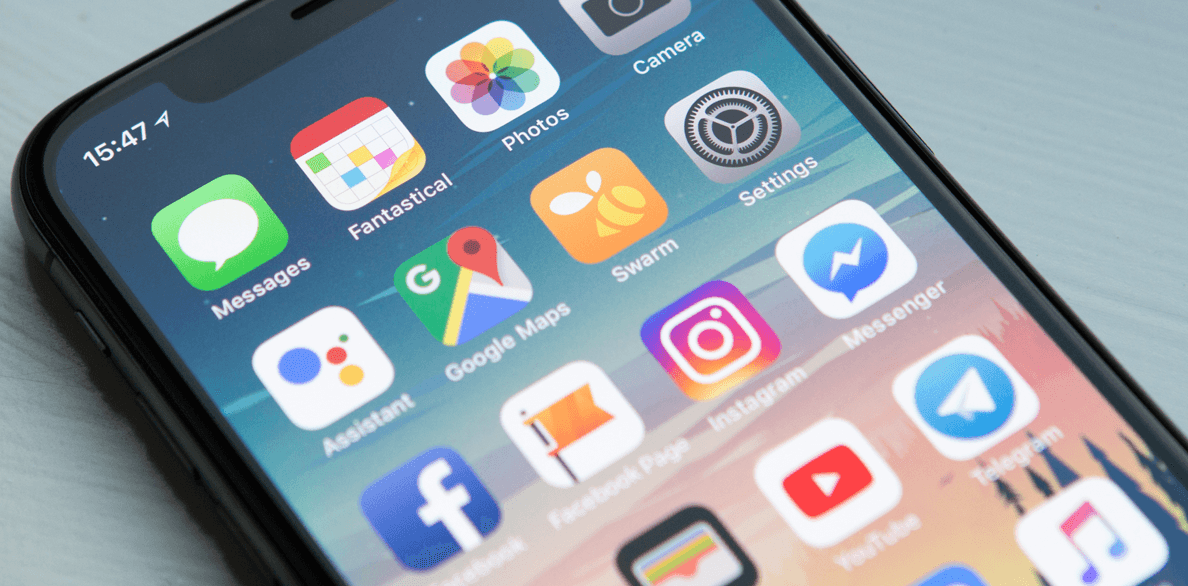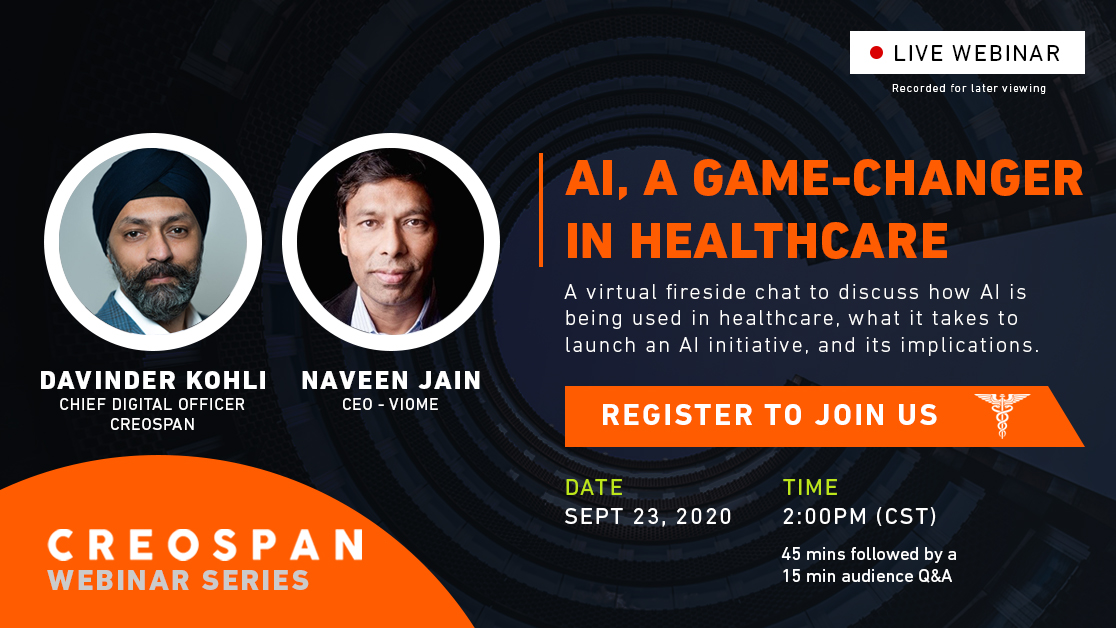Everything you need to know about deploying your micro service in a docker container
May 6, 2020How to cleanse data for ensuring data integrity?
June 1, 2020Benefits of Native Mobile Apps
by Sumit Chaudhari
What is Native Mobile App Development?
In the native approach, the code is written and the app is developed only for a specific operating system like iOS or Android. The end users can access the apps from dedicated stores like Google Play or the App Store. Such apps can use the device-specific hardware like camera, GPS, microphone, etc. Native apps do not require any external help from other browsers or tools for their launching.
Technical Aspects to think about in deciding between Native and Hybrid approach
- Security
- Performance
- Superior UI/UX
- Hardware features
- Code portability
- App store distribution
- Cost and Time to build and release
Benefits of Native Mobile Apps
Secure and Reliable
Native apps are known for their reliability and security. These apps make use of the core languages while programming for any specific platform which provide better protection against security violations. Also, it is easier to evaluate risks in native apps. These apps offer proactive performance and security upgrades. Using multi-factor authentication is easier in these apps, which adds to its security. The native app development companies can have an embedded certification for averting a man-in-the-middle attack. They also offer remote management controls on individual devices which have the ability to even wipe out the app and its data remotely, if required.
Flawless Performance
Native mobile apps have a powerful and fast performance and have a great operational efficiency. As they are programmed using the core programming languages and APIs for any platform, they are highly proficient and have the ability to use the features of that platform to the fullest. These platform-specific apps utilize the processing speed of the device to its maximum potential. Also, the load times of these apps are lower, ensuring a top-notch performance.
More Intuitive and Interactive
Native apps run smoothly when it comes to user input and output. These apps can also inherit the OS interfaces and look like they are an integrated part of the device itself. Native apps are quite interactive and intuitive in nature as they are developed for a particular operating system. They stick to the guidelines of the OS. So, the apps have specific UI standards of the OS.
Hardware features
Native apps take full advantage of the hardware features of the device (like GPS, microphone, camera, etc.) and the operating system. They have better mobile hardware integration and so, are faster in the execution of the processes. Another advantage of native apps is push notifications. Easy to implement new sophisticated features that the market demands (AI, VR, AR, IoT).
Better UI/UX Experience
The native apps are the best when it comes to user experience. They access the hardware features of devices for better performance aspects. These apps maintain aspect ratio for ensuring good quality of the visuals. They have a better control over size, orientation and resolution. These apps provide a seamless experience to users, resulting in higher customer satisfaction.
To conclude, native apps look and feel great, and operate very well, which leads to better user experience, customer satisfaction, and retention rates.
Possible issues with React Native Framework
Implementing complex feature (in order to achieve the necessary functionality, a code used in native app development for iOS and Android is required).
Harder to fix bugs and more time spent on QA (If something is not working as expected in a React Native program, you need to go deep into the code base to detect the reason).
Challenges with project maintenance (As the project grows, there comes the time when we have to split the code for each platform to maintain each so they don’t interfere).
Highly capable development team (still need a highly capable development team with good, combined knowledge of iOS programming languages (Swift & Objective-C), Android programming languages (Kotlin & Java), iOS and Android SDKs, as well as JavaScript).
Challenges with Design UX/UI Consistency (A correct display on one platform sometimes differs on all others. To solve this issue, some native code parts should be integrated).
More expensive in the long run (fixing bugs, adding new functionality and implementation of complex solutions, normally adds up to larger expenses).Possible performance issues (delays, especially with clicks, list scrolling, swipes).




